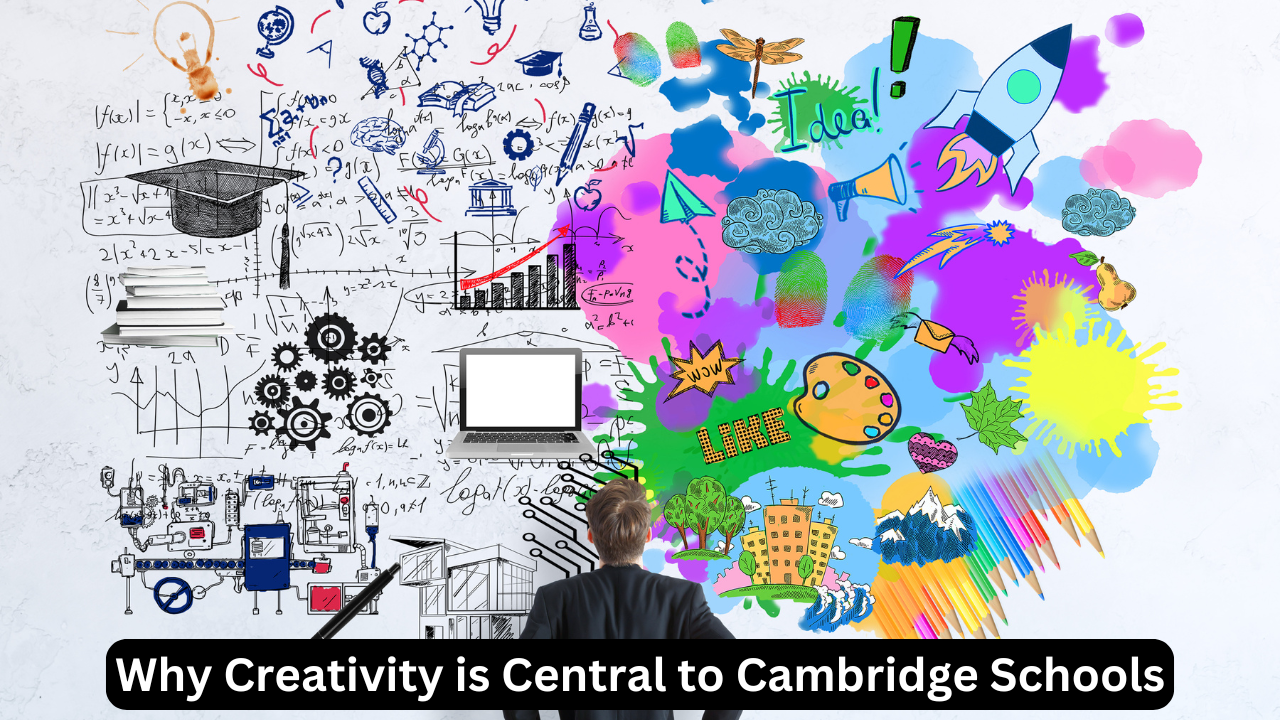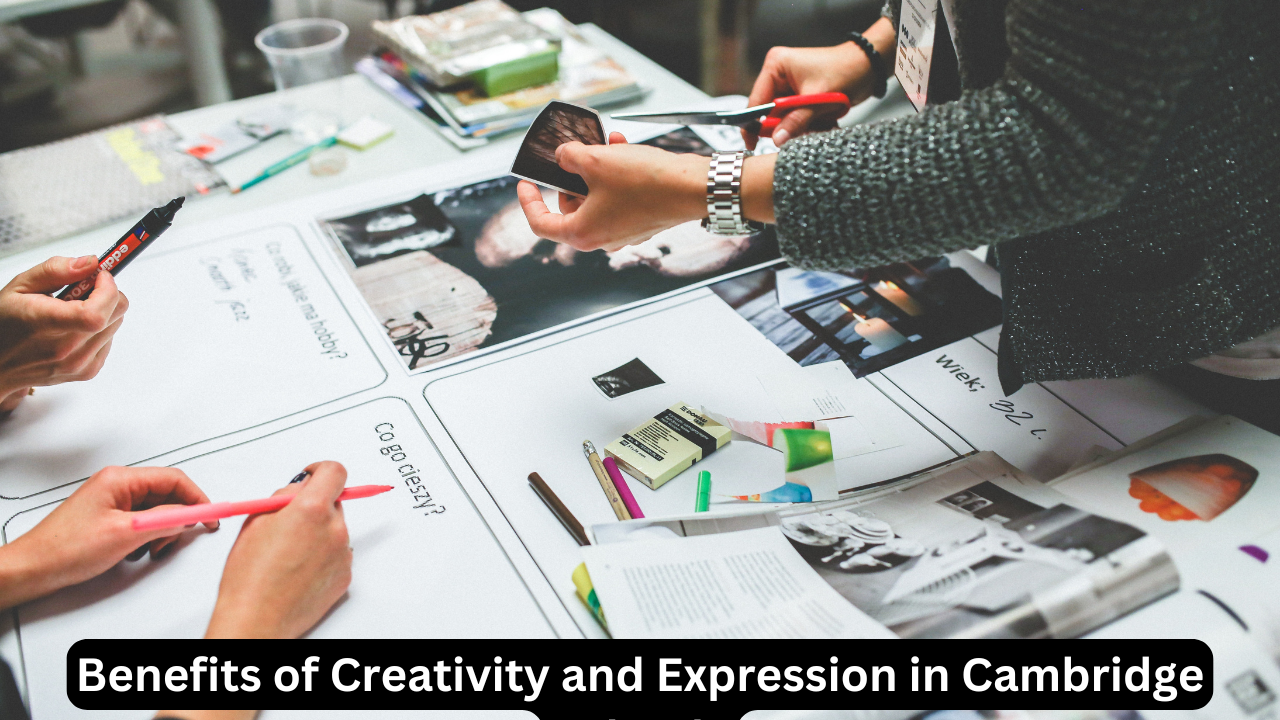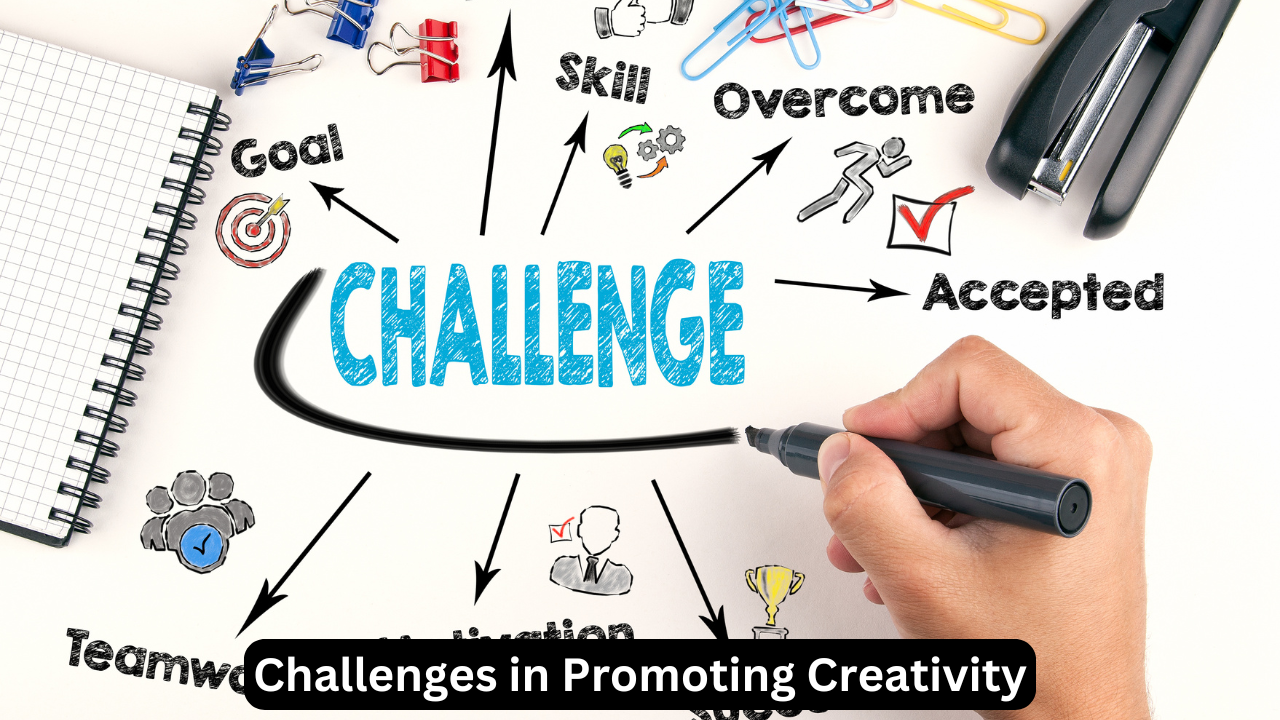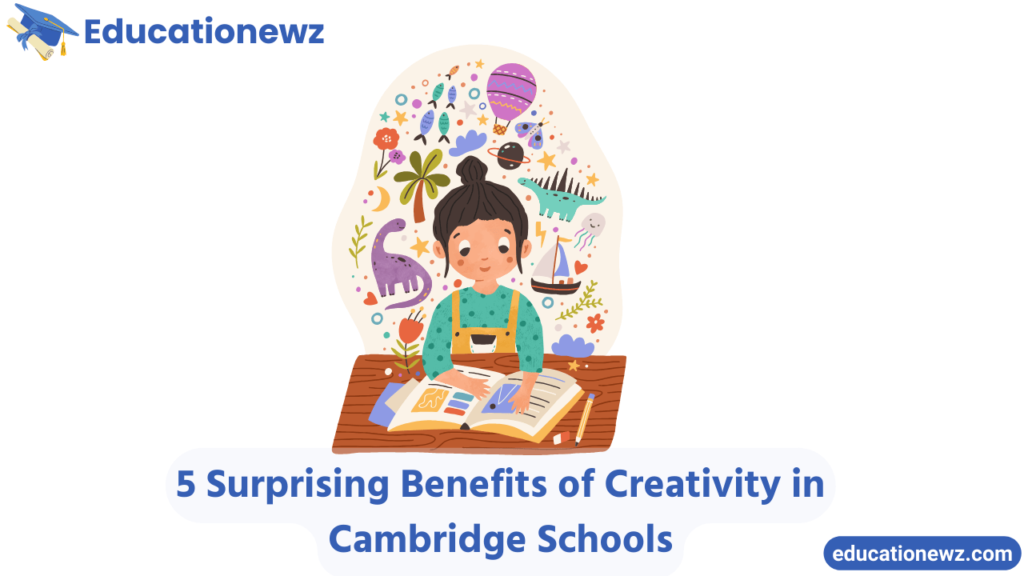Cambridge Schools integrate creativity and expression into their curriculum, ensuring holistic development and preparing students for academic and personal success in a dynamic global environment.
Cambridge schools are globally celebrated for their innovative teaching methods and emphasis on fostering creativity and expression. These institutions provide a balanced educational environment that nurtures both academic and personal development. By prioritizing creativity, Cambridge schools empower students to think critically, communicate effectively, and solve problems innovatively. This article delves into the role of creativity and expression in Cambridge schools, offering insights into their curriculum, benefits, and practical implementation strategies.
Why Creativity is Central to Cambridge Schools

Creativity is more than an optional skill; it’s a necessity in the modern world. Cambridge schools place creativity at the heart of their teaching philosophy, utilizing structured frameworks like the Cambridge Life Competencies Framework. This framework integrates critical thinking, problem-solving, and creative exploration across subjects.
Key practices include:
- Incorporating project-based learning for deeper engagement.
- Encouraging role-playing to develop empathy and perspective.
- Promoting open discussions where students brainstorm and collaborate.
Such strategies prepare students to thrive in diverse academic and professional settings.
How Cambridge Schools Foster Expression
Expression complements creativity, allowing students to articulate their ideas and emotions effectively. Cambridge school create environments where expression flourishes through:
- Art and Design Programs: Encouraging visual creativity.
- Public Speaking Opportunities: Building confidence through debates and presentations.
- Collaborative Assignments: Promoting teamwork and idea exchange.
These approaches not only develop communication skills but also enhance self-awareness and interpersonal relationships.
Core Strategies for Nurturing Creativity
Cambridge school implement creativity through multi-faceted approaches. Below is a breakdown of the primary methods:
| Strategy | Example Activities | Benefits |
|---|---|---|
| Hands-on Projects | Designing scientific models, group art pieces | Encourages teamwork and innovation |
| Role-Playing Scenarios | Acting as historical figures, solving social issues | Enhances empathy and critical thinking |
| Technology Integration | Using apps for coding, design, or animation | Builds technical and creative confidence |
Each strategy ensures students develop a holistic skill set that extends beyond academics.
Benefits of Creativity and Expression in Cambridge Schools

The integration of creativity and expression in Cambridge school has transformative impacts:
- Enhanced Critical Thinking: Students learn to analyze problems and propose innovative solutions.
- Confidence Building: Expressive activities help learners overcome stage fright and boost self-esteem.
- Cultural Awareness: Exposure to diverse ideas fosters respect and understanding of different perspectives.
- Future Readiness: Creativity equips students with adaptable skills for careers in unpredictable global markets.
These benefits underscore the significance of creativity in modern education.
Creativity in Curriculum Design
Cambridge school carefully integrate creativity into various subjects:
- Science: Students design eco-friendly experiments and models.
- Mathematics: Innovative problem-solving methods, like visual puzzles.
- Language Arts: Writing poetry, creating narratives, or debating societal issues.
This multidisciplinary approach ensures creativity is not confined to a single domain but is a part of the overall learning experience.
| Subject | Creative Activity | Outcome |
|---|---|---|
| English | Writing short plays | Improves storytelling and empathy |
| Mathematics | Building geometrical models | Enhances spatial reasoning |
| History | Role-playing historical events | Deepens understanding of contexts |
Challenges in Promoting Creativity

Even with their robust frameworks, Cambridge school face challenges:
- Time Constraints: Limited class hours make it difficult to explore creativity deeply.
- Resource Gaps: Not all schools have access to advanced tools or facilities.
- Teacher Preparedness: Some educators need training to integrate creativity effectively.
Solutions:
- Providing professional development for teachers.
- Leveraging digital platforms for creative exercises.
- Encouraging cross-curricular activities to maximize time and resources.
Frequently Asked Questions
- Why is creativity important in Cambridge schools?
Creativity enhances problem-solving, critical thinking, and adaptability—skills essential for success in any field. - How do Cambridge schools encourage student expression?
Through art, debates, collaborative projects, and role-playing, students are encouraged to express their ideas freely. - What role do teachers play in fostering creativity?
Teachers guide students using innovative tools, interactive lessons, and constructive feedback. - Can creativity be measured in students?
Yes, Cambridge schools use project-based assessments to evaluate students’ creative thinking and implementation skills. - What are the benefits of creativity for students?
It boosts confidence, enhances critical thinking, and prepares students for global challenges. - How do Cambridge school address challenges in creativity?
By investing in teacher training, digital tools, and innovative curriculum frameworks. - Is creativity limited to arts in Cambridge schools?
No, it’s integrated across subjects like science, math, and language arts. - What makes Cambridge schools unique in promoting creativity?
Their structured yet flexible approach ensures creativity is a key component of education.
Conclusion
Cambridge school redefine education by placing creativity and expression at the forefront of their teaching methods. By fostering these essential skills, they prepare students to excel academically and navigate the complexities of the modern world confidently. Their emphasis on holistic development ensures that learners are equipped not just for exams but for life. With a proven track record of innovation, Cambridge schools remain a global benchmark for creative and expressive education. Please follow our blog Educationewz.



